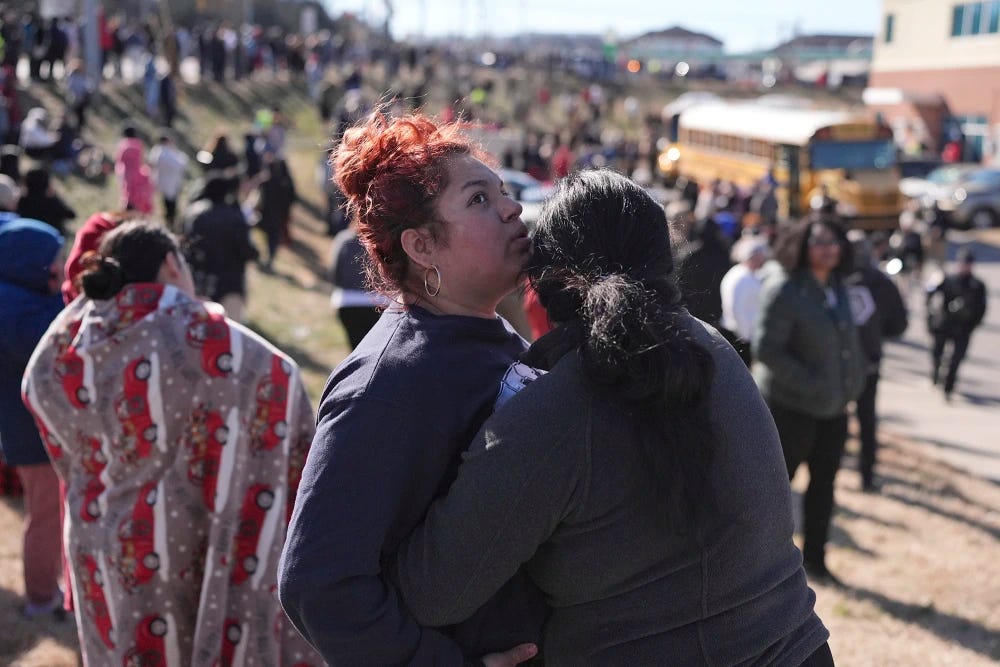AI-Powered Weapon Detection System at Antioch High School Failed to Spot Gun in Nashville Shooting
District officials explained the system missed detecting the shooter’s handgun due to camera positioning within the school.
NASHVILLE, TN — An artificial intelligence-based weapon detection system at Antioch High School failed to detect the handgun used by a 17-year-old student in a shooting on Wednesday, which resulted in the death of a 16-year-old girl, officials revealed.
The AI system, Omnilert, was unable to identify the firearm because of its placement relative to the school’s security cameras, said Metro Nashville Public Schools spokesperson Sean Braisted during a press briefing on Thursday afternoon.
Omnilert, which integrates with the school’s existing camera network, utilizes AI to detect weapons and issue alerts. However, Braisted explained that the cameras could not capture the shooter’s weapon due to the shooter’s location in relation to them. “In this instance, based on the shooter's proximity to the cameras, it wasn't close enough for the system to detect the weapon or trigger the alarm,” he said.
Omnilert CEO Dave Fraser clarified in an email, “The weapon was not visible due to the shooter’s location, but the system would have recognized the firearm if it had been in view.”
Metro Nashville Public Schools Director Adrienne Battle acknowledged that no single security system could guarantee complete coverage, stating, "There’s not one system that will capture everything someone might be carrying."
Omnilert is designed to turn standard security cameras into tools for detecting firearms, helping to prevent gun violence by triggering immediate alerts. However, Braisted emphasized that the system cannot guarantee detection in all cases, depending on where a weapon is located within the school. “The system works, but it’s not foolproof,” he said, pointing to the complementary security measures in place, such as AI systems at the front door, security vestibules, and the presence of school resource officers.
Experts have pointed out that the incident highlights the limitations of relying solely on high-tech security solutions. Donald Maye, head of operations at IPVM, a surveillance technology research firm, noted that while districts may tout their investment in advanced systems, these technologies cannot always prevent violent incidents.
Amy Klinger, director of the Educator’s School Safety Network, emphasized the importance of building trust among students, teachers, and staff to identify potential threats before they escalate. “In most cases, there are warning signs — behaviors, conversations, disclosures — that could be picked up with attentive monitoring,” Klinger said, stressing that technology should complement, not replace, human vigilance.
The failure of the AI detection system has sparked questions about whether metal detectors should be employed at schools. In response, Battle explained that research suggests metal detectors have both benefits and drawbacks, particularly concerning the school environment. “The learning environment we want for our students involves them interacting with teachers, principals, and peers,” she said.
The motive behind the shooting remains unclear. Nashville Police Chief John Drake stated that investigators are looking into online materials believed to be from the shooter, identified as Solomon Henderson. After the attack, Henderson fatally shot himself. Authorities confirmed that Henderson, an active student, boarded the school bus before carrying out the shooting in the cafeteria, where he killed Josselin Corea Escalante. Another student was injured, with a grazed arm.


